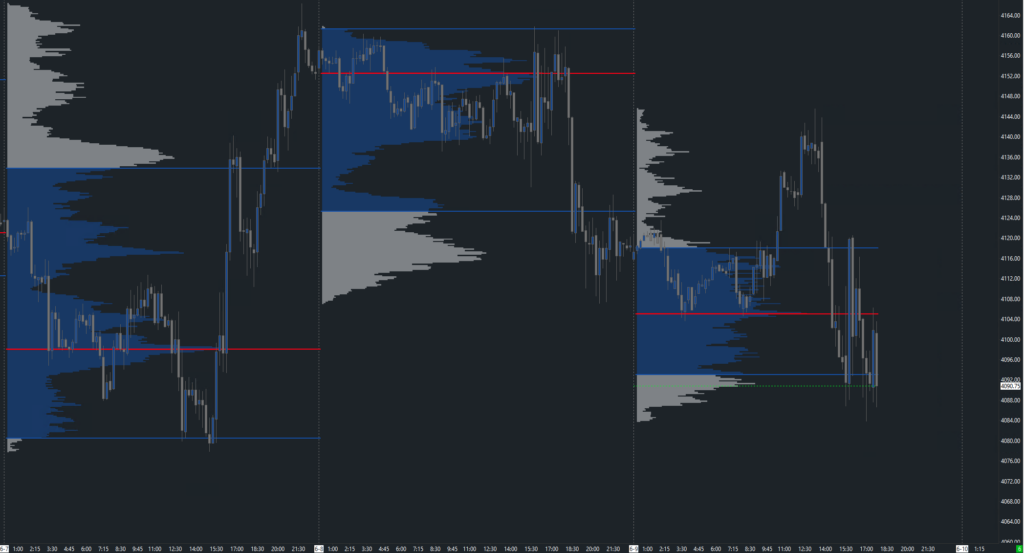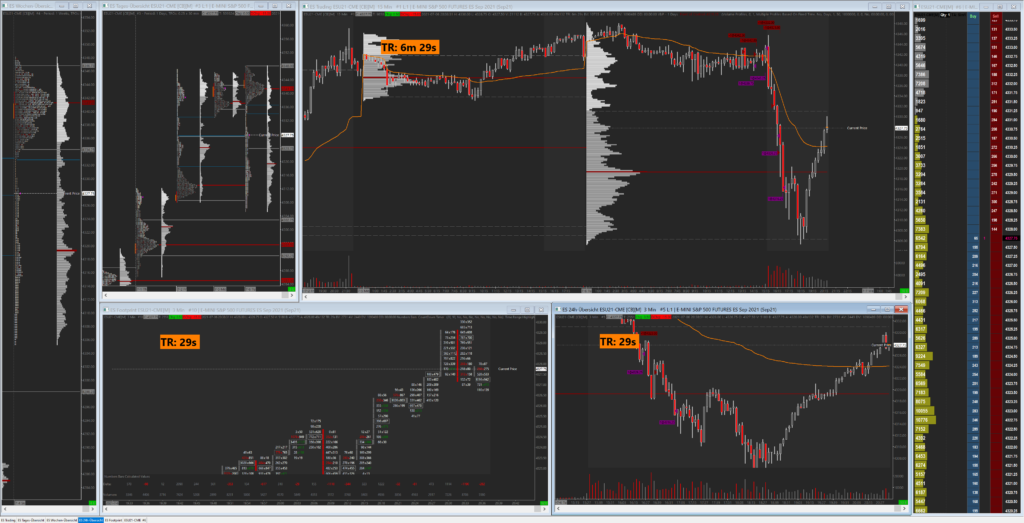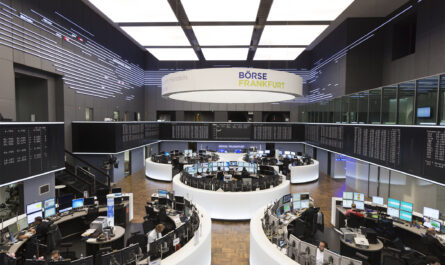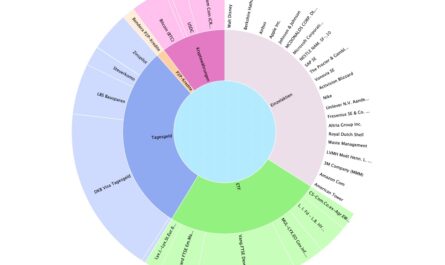Anyone who starts day trading and thus wants to be counted among the traders who want to make profits by buying and selling leveraged products in the short term within a single day will quickly come across a variety of different, technical indicators. They are designed to help make the right trading decision. But despite their popularity, indicators often do not lead to the desired success. Why indicators are by no means the holy grail and never represent a reliable strategy is what we are going to explore once in this article.
Delayed data
Most technical indicators are based on mathematical calculations of past data and thus inevitably provide delayed information. Often, the short-term movements have happened long before the indicator even strikes. In this case, the trader enters far too late. Markets can change quickly and past price movements do not necessarily guarantee a similar movement in the future.
An example of this is the moving average (MA). When its line swings up for the first time after a prolonged downward movement, the trader may be tempted to enter a long position. However, this move may have been a short-term move with a lot of momentum and the market subsequently moves back in its previous trend direction.
As a result, the trader would not only have entered in the wrong direction, but also much too late. He might have suffered unnecessary losses.
Subjective interpretation
Moreover, the interpretation of indicators often requires subjective decisions. Different traders may come to different conclusions even if they use the same indicators. This leads to confusion and uncertainty, which can lead to bad decisions.
Suppose two traders use the Relative Strength Index (RSI), which is often used to identify perceived overbought or oversold market conditions. While one trader is trying to open a short position in the overbought area, the other might enter a long position because he believes the market will go higher. These subjective interpretations of the indicator lead to different trading decisions.
Overoptimization
Especially in the beginning, day traders are tempted to optimize indicators by adjusting parameters or adding entirely new indicators to make their entries even safer based on several criteria. This over-optimization can cause a strategy that may work well on historical data to fail due to the additional indicators or changed setting at other trading times.
Market inefficiency
While markets are extremely efficient in their price discovery, you will never be able to adjust to them using indicators. Price movements can be influenced by a variety of factors beyond technical indicators: News, political events, and unpredictable market reactions can have a significant impact on trading. Indicators cannot adequately account for these.
This is best seen in unexpected announcements by a company that leads to a drastic change in stock price. This information is outside the scope of technical indicators and can lead to unpredictable and unpredictable price movements. One indicator alone can never predict the sudden volatility.
Emotional factors
Short-term trading requires strict discipline and the ability to make almost emotionless decisions, as we have pointed out several times in this blog. Indicators can lead to overconfidence or panic if they are misinterpreted. Traders can fall into a trap of making trading decisions based on indicators rather than on a comprehensive analysis of the market and based on sound risk management.
Even if an indicator provides a clear sell signal, other factors such as fear, greed, or uncertainty could impact the trading decision. These emotional reactions can lead to impulsive actions and affect the success of the indicator strategy.
Conclusion
Certainly, not all technical indicators are bad. On the contrary, some support the trader very well in getting a quick overview of the market or to quickly determine the current trend direction. But the sole use of indicators will never be successful in the long run.
Only those who correctly combine the individual pieces of the puzzle, such as technical knowledge (chart analysis, economics, etc.) together with a healthy risk and money management and get their character and psychology under control and ultimately gain experience and screentime, can become a successful day trader. However, this path is rocky and difficult – most fail. Proven.
Letzte Aktualisierung am 2024-07-20 at 13:29 / Affiliate Links / Bilder von der Amazon Product Advertising API








